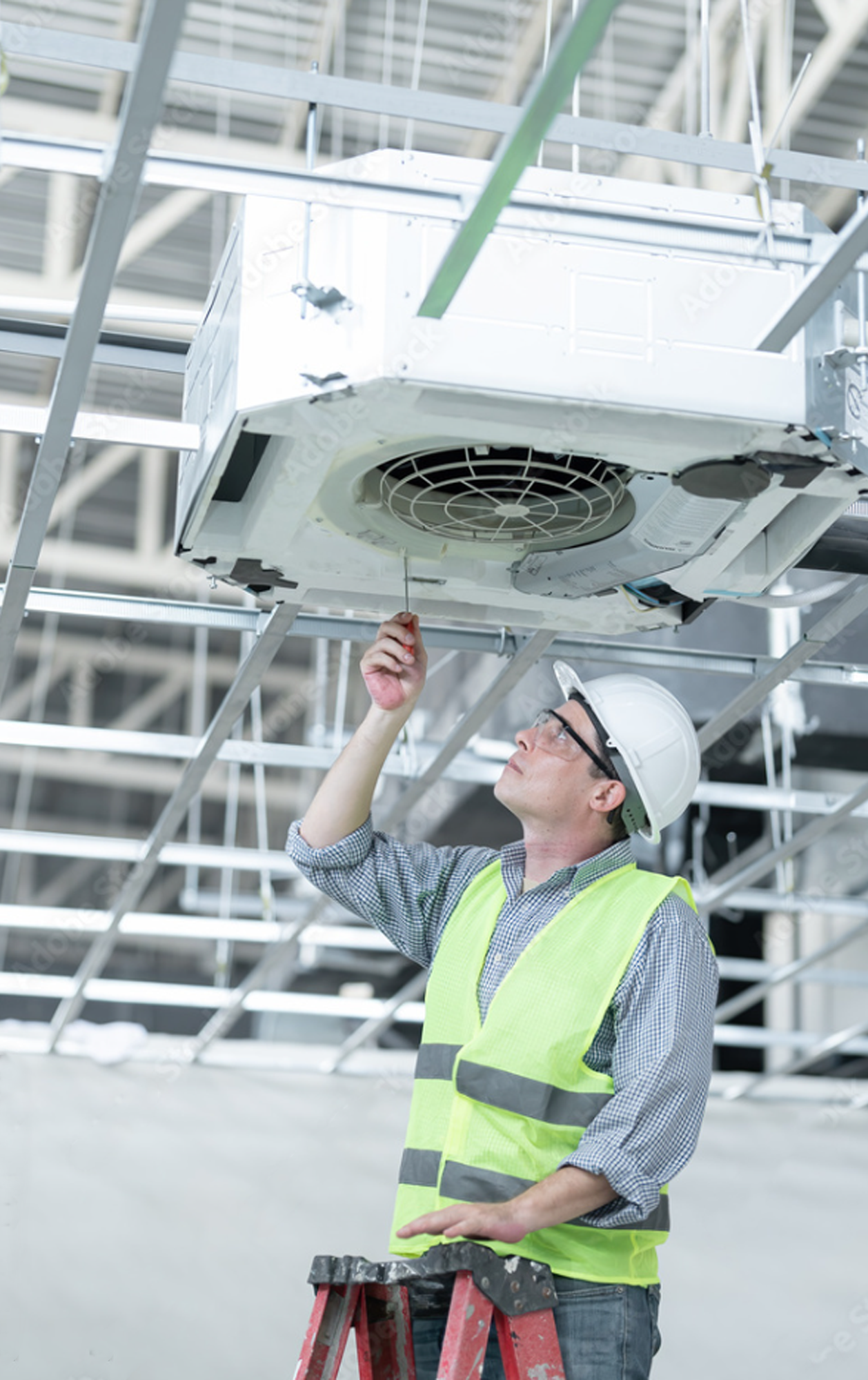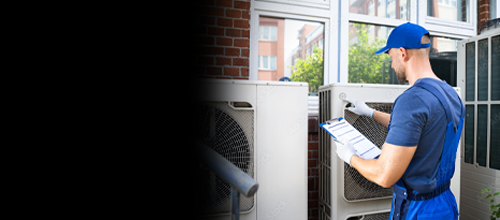HVAC contractors are the unsung heroes behind the scenes, ensuring our indoor environments remain comfortable and conducive to productivity throughout the year. These skilled people are well-versed in the intricacies of heating, ventilation, and air conditioning systems. However, amidst the complexity of these systems, one essential component often overlooked is the use of data, signal, and control cables. In this blog post, we will explore the vital role of these cables in powering and controlling HVAC equipment, emphasising the importance of using cables tested to ISO 4892 for external applications.
Data and Signal Transmission
Modern HVAC systems rely on data and signal transmission for precise control and monitoring. Data cables, such as Ethernet cables, enable the exchange of digital information between various components, including thermostats, sensors, and control panels. These cables ensure seamless communication and accurate data transfer, allowing HVAC contractors to regulate temperature, monitor system performance, and implement energy-saving measures.
Signal cables, on the other hand, facilitate the transmission of analogue signals within the HVAC system. They carry important signals, such as voltage, current, and frequency, which are crucial for proper operation. These cables provide the necessary connections between different devices, ensuring the effective transfer of signals for tasks like motor control, damper operation, and pressure monitoring.
Control Cables for System Management
Control cables act as the nervous system of an HVAC system, responsible for relaying commands and control signals to various equipment components. These cables enable HVAC contractors to regulate and fine-tune the system, ensuring optimal performance and comfort. By connecting devices like thermostats, actuators, and switches, control cables provide the means for precise control over temperature, airflow, and overall system operation.
The Importance of ISO 4892 Testing for External Applications
In many HVAC installations, external applications are unavoidable. These can include outdoor units, rooftop installations, or equipment exposed to harsh environmental conditions. To ensure the longevity and reliability of data, signal, and control cables in such scenarios, it is crucial to select cables that have been tested to meet rigorous standards.
ISO 4892 is an internationally recognized standard that specifies methods for exposing materials and products to accelerated weathering conditions. Cables tested to ISO 4892 undergo rigorous testing for environmental durability, including exposure to UV radiation, moisture, and temperature fluctuations. By using cables tested to this standard, HVAC contractors can ensure that the cables in external applications withstand these harsh conditions, minimising the risk of premature degradation, signal loss, or system failure.
As HVAC contractors carry out their vital role in designing, installing, and maintaining HVAC systems, it is essential to recognise the significant role played by data, signal, and control cables. These cables enable precise data transmission, seamless signal exchange, and effective system control. In external applications, where exposure to harsh environmental conditions is unavoidable, using cables tested to ISO 4892 is crucial to ensure their durability and longevity. By prioritizing the selection and maintenance of these cables, HVAC contractors contribute to the efficiency, reliability, and overall performance of HVAC systems, creating comfortable indoor environments for residential, commercial, and industrial settings.
FS Cables stock a broad range of cables suitable for HVAC installations, including many which are tested to ISO 4892 which are UV and weather resistant.
See the range of cables we offer for use on HVAC systems including:
- Alternative to Belden 8723
- Alternative to Belden 8761
- Alternative to Belden 9841
- Alternative to Belden 9842
- Alternative to Belden 8777
- Alternative to Belden 8719
- Alternative to Belden 8471
- Alternative to Belden 9501
- Alternative to Belden 9502
- Alternative to Belden 9503
- Alternative to Belden 9504
- Alternative to Belden 9505
- Alternative to Belden 9506
- Alternative to Belden 9538
- Def Stan Cable 16-2
- BS5308/PAS5308 Type 1 Unarmoured
- BS5308/PAS5308 Type 2 Armoured
- Niltox LF-319 & LF-329 Cables
- Signal & Control Cables








